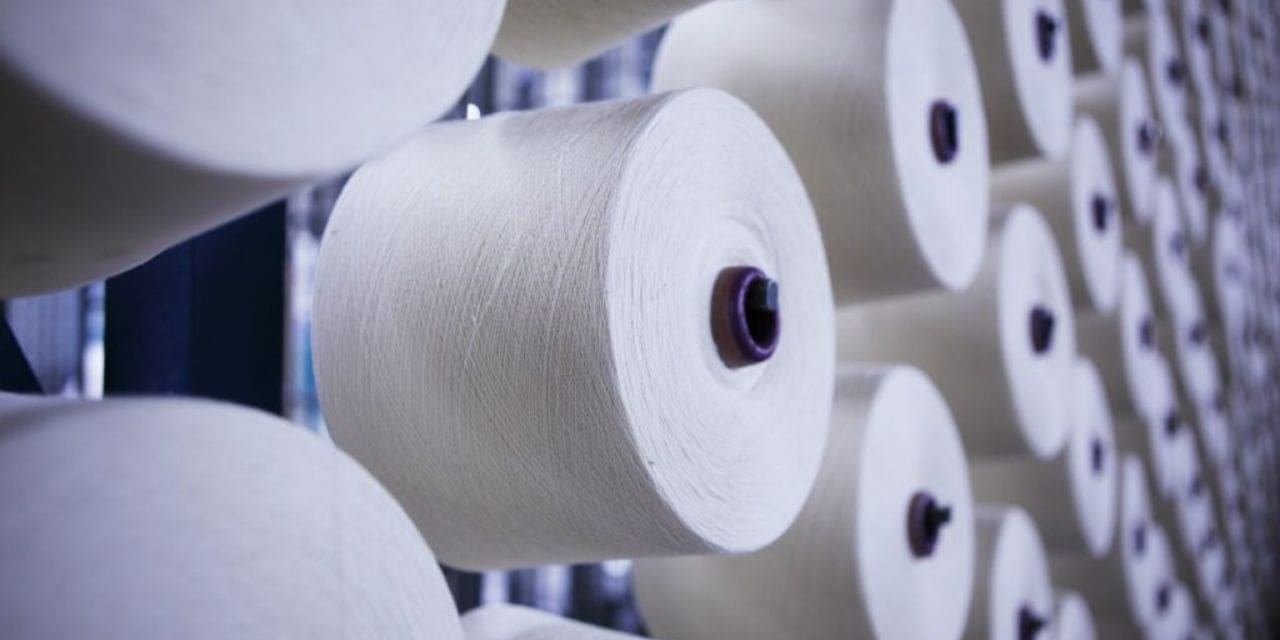By: Seshadri Ramkumar, Professor, Texas Tech University, USA
(December 23, 2024)—Demand enhancement is needed across the sectors in the textile industry.
Globally the textile industry is in a demand slump, however there are sectorial and price imbalances among different sectors from fiber to retail goods.
Cotton No. 2 Futures for March 2025 delivery is trading at 69.17 cents, which has been in decline from 71.93 since November 29, 2024. There has been about ten cents decline in Futures since January 03, 2023, indicating weak demand for cotton. However, in the past twenty years, consumption of synthetics has grown exponentially amounting to about 65% in 2023, with cotton occupying 20% of total fiber consumption globally.
Price competitiveness between polyester and cotton has been a big player in the increase in the consumption of polyester. Even with the crash of cotton prices, mills are not buying due to lack of demand for textile goods.
“There is no demand and movement of yarn,” stated India-based cotton purchaser. The Cotton Corporation of India has been procuring new crop at the MSP price of about Rupees 60,000 per candy (356 Kgs of lint), which amounts to Rupees 7521 per Quintal of Kapas (30 mm length). Private players are not active in the Indian market due to crash in seed price as well as weak demand for fibers from mills.
“Yarn price is not at the breakeven level due to labor cost and lack of price support by weavers,” stated Seenivasahan Ramasubbu, Whole time Director at Coimbatore-based Sri Kannapiran Mills, Ltd, a spinning mill with 100,000 spindles. “We are losing about Rupees 28/Kg for 40s Ne carded yarn. Weavers are willing to pay Rupees 250/Kg for 40s Ne carded yarn and they are comfortable at this price,” added Seenivasahan Ramasubbu.
Given the price squeeze for spinners, mills are not interested in stockpiling cotton and currently maintain stock for 30-days, impacting cotton ginners.
There is sectorial imbalance currently in the industry with weavers and retailers in a comfortable position compared to ginners and spinners.
“Viability for spinning mills is not there,” stated Seenivasahan Ramsubbu. In the Coimbatore area in India, which is a spinning hub, mills are on sale emphasizing the need for price and sectorial balance in the industry.
Issues that need addressing are enhancing the demand, labor shortage, productivity, and support from government for working capital. Investment in spinning infrastructure is not advisable in the current time.
Krishnasamy Gandhiraj, General Manager of Coimbatore-based Lakshmi Card Clothing and Vice-Chairman of The Textile Association (India) agreed with the above sentiments stating issues such as low yarn price realization, labor shortage and weak yarn exports are hurting the textile industry.
Industry is hoping that by end of Quarter 1, 2025, global demand for textile goods will increase, which could improve yarn price realization.
Demand enhancement will help with creating balance among different sectors in the textile industry.
With new administration in place in the United States on January 20, 2025, trade situation should be clear by end of first quarter of 2025 regarding tariffs and other trade policies.
Let us hope the New Year 2025 brings hope for the industry and enhances consumer confidence.

